| PROFIBUS Communication Protocol: The "Neural Vein" of Industrial Automation

In the field of industrial automation, efficient communication between equipment is the core of ensuring stable and intelligent production. As one of the most widely used fieldbus protocols in the world, PROFIBUS(Process Field Bus) has become the "neural vein" connecting sensors, controllers and actuators with its openness, high reliability and flexibility. This article will take you in-depth analysis of the technical core and application value of this classic protocol.
PROFIBUS: Where did it come from?
PROFIBUS was born in 1987, by Germany Siemens and other 14 companies and research institutions jointly promoted to solve the problem of standardized communication between industrial equipment. It is designed based on the ISO/OSI reference model, supports multi-vendor equipment interconnection, covers factory automation (such as PLC control), process automation (such as chemical production) and special scenarios (such as explosion-proof environments), and becomes an important part of the international standard EN 50170.
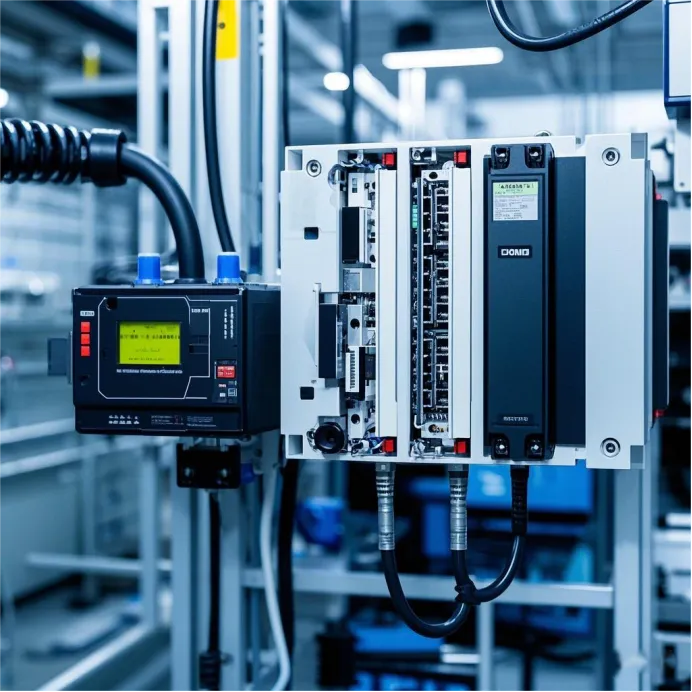
Three core protocols: DP, PA and FMS
PROFIBUS-DP(Distributed Peripherals)
Positioning: High-speed data transmission in factory automation, replacing traditional 4-20mA analog signals.
Features: Transmission rate up to 12 Mbps, support master-slave architecture, master station (such as PLC) can cycle to read and write data from slave station (such as sensor), bus cycle as short as 10 ms, to meet the real-time control needs.
Typical scenario: Distributed I/O control in automotive manufacturing and machining.
PROFIBUS-DP(Distributed Peripherals)
Location: Intrinsic safety communication for dangerous environments such as petroleum and chemical industry, supporting bus power supply (IEC 1158-2 standard).
Features: Transmission rate 31.25 kbps, through the coupler and DP network seamless connection, can directly replace the traditional instrument signal line.
Typical scenario: Integration of liquid level and temperature sensors in explosion-proof areas.
PROFIBUS-FMS(Fieldbus Information Specification)
Location: Shop-floor monitoring and non-real-time communication (such as parameter configuration).
Features: Support multi-master station communication, but due to the lack of real-time technology gradually replaced by Ethernet technology, is now used less.
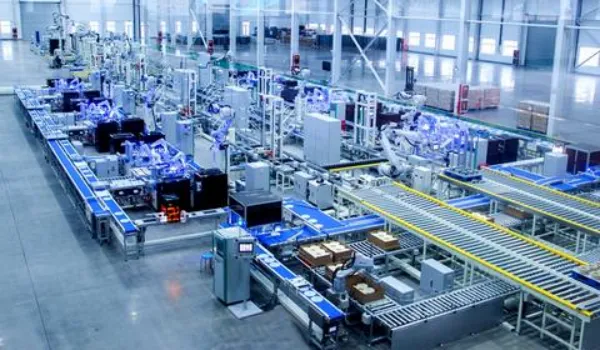
Third, technical core: speed, security and flexible transmission technology diversification
RS-485: Economical and efficient, support 12 Mbps rate, single segment up to 1200 meters, each segment up to 32 nodes, extended to 127 nodes through Repeaters.
Optical fiber: anti-electromagnetic interference, the longest transmission distance of 90 kilometers, suitable for high-noise environments or long-distance backbone networks.
IEC 1158-2: Designed for PA to achieve intrinsic safety and bus power up to 1900 m in a single segment.
Transmission technology diversification
DP and PA can form a unified network through linkers/couplers for high-speed control and process safety.
Fiber optic double-loop redundancy (such as OLM modules) ensures uninterrupted operation of critical systems (such as tunnel monitoring).
Intelligent diagnostics and compatibility
Comply with NAMUR NE 107 standard, provide hierarchical alarm (such as equipment failure, communication interruption), support remote maintenance.
The modular design allows for the coexistence of old and new devices, such as the PA 3.02 version compatible with old features and upgrade without downtime.
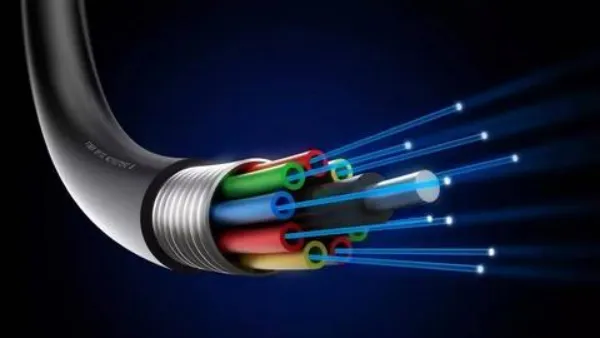
Application scenario: from factory to mine
Manufacturing assembly line
The PROFIBUS-DP series PLCS, robotic arms and sensors enable precise synchronization of automotive assemblies (such as Siemens S7 series controllers).
Process industry
In chemical plants, the PA network connects the pressure transmitter to the control room to monitor the status of the reactor in real time, avoiding the risk of manual inspection.
Infrastructure and energy
The tunnel ventilation system adopts PROFIBUS redundant optical fiber ring network to ensure the reliability of traffic monitoring and emergency lighting.
In coal mines, the DP protocol is used in power monitoring systems to integrate multi-brand equipment and improve the level of mining automation.
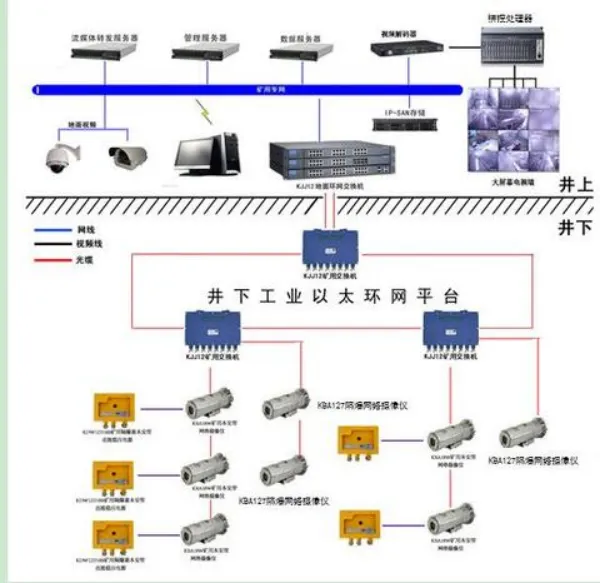
The future of PROFIBUS: Symbiosis with PROFINET
While Ethernet-derived PROFINET is a new trend with higher bandwidth (100 Mbps) and IT convergence capabilities, PROFIBUS still holds an important position in the stock market due to its mature ecology and cost advantages. Both can realize hybrid networking through proxy technology (such as gateway) to balance real-time control and big data transmission requirements.


Tianjin Changdatong Technology Co., LTD








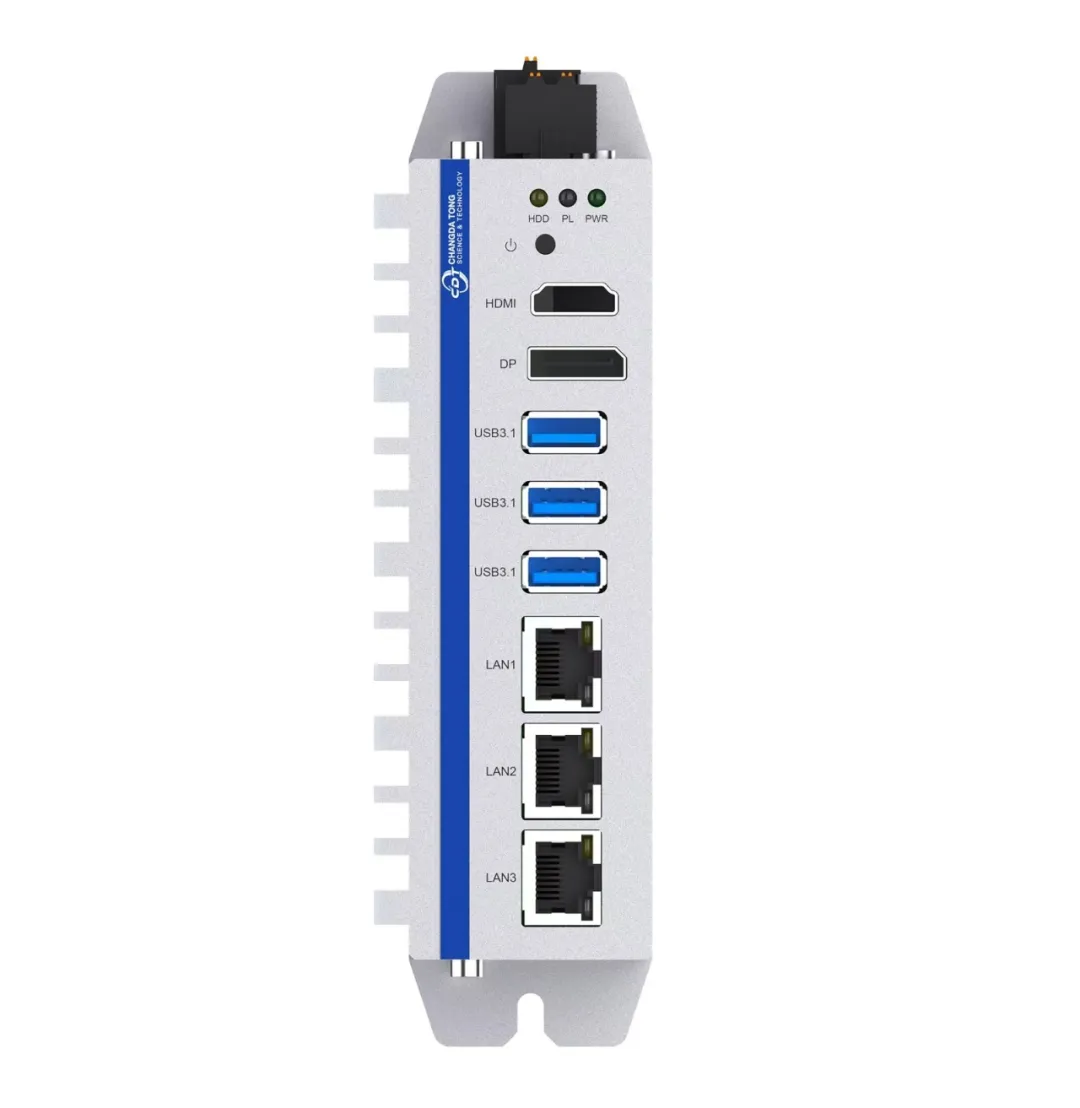









Please first Loginlater ~